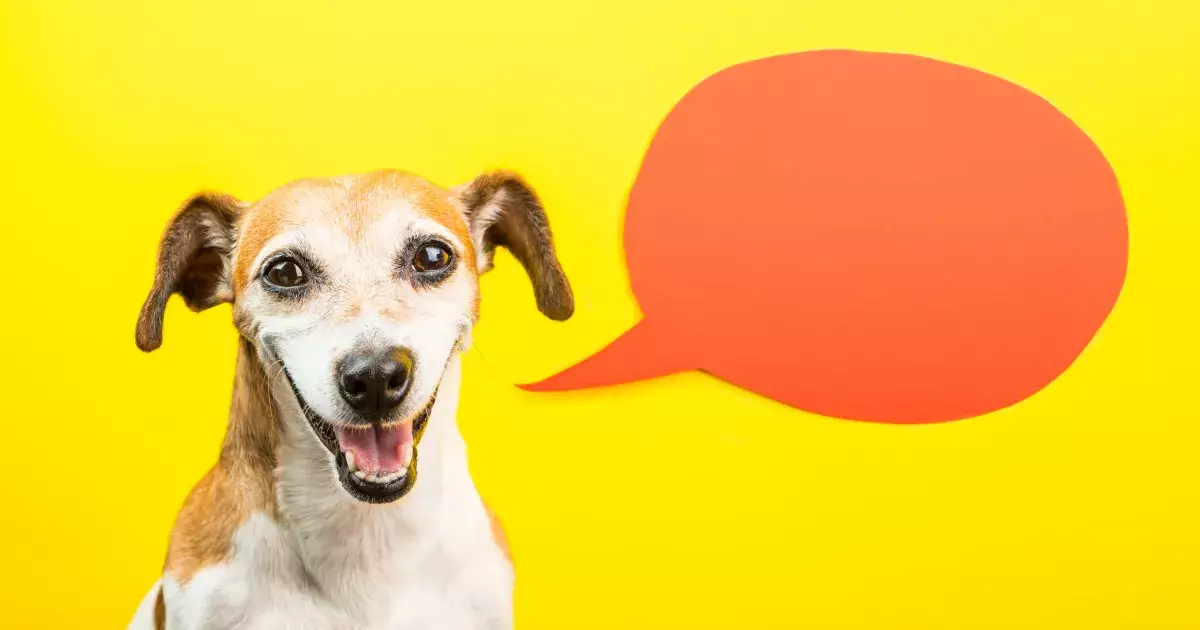In recent years, the emergence of dog buttons has revolutionized the way pet owners interact with their canine companions. You may have stumbled across this innovative training tool while exploring new methods to deepen your relationship with your dog, or perhaps you’re already equipped with multiple buttons but feel unsure of how to proceed. Regardless of your position, this guide will provide a thorough understanding of dog buttons, as well as actionable steps to begin your training journey.
Understanding Dog Buttons: A New Era of Communication
At the heart of dog buttons is a simple yet groundbreaking concept: enabling dogs to communicate their needs and desires more distinctly. Traditionally, pet owners have relied on verbal commands and body language to interpret their dog’s wants. However, this method can sometimes lead to misunderstandings. Dog buttons serve to bridge this communication gap by allowing dogs to press a button that triggers a recorded audio message, effectively giving them a voice. This method has gone viral on social platforms, with videos showcasing not only dogs but unusual pets like pigs using these buttons to express their needs. The widespread fascination demonstrates a shift in how we perceive and understand animal communication.
Getting Started: Setting Up for Success
Once you have your dog buttons ready, the first step in this transformative experience is setting them up in a strategic manner. Think about your dog’s daily routine and the commands that you often use; words like “outside”, “treat”, or “play” generally elicit excitement and positive engagement. To maximize the effectiveness of the training, place the buttons near where these activities occur. For instance, if treats are stored in a specific cupboard, position the button nearby. This spatial association can significantly enhance your dog’s learning process, allowing them to make a connection between the button and the desired outcome.
When it comes to teaching your dog how to use these buttons, maintaining a playful atmosphere is critical. Dogs learn best when they view training as an enjoyable game rather than a chore. Start with simple commands and gradually increase complexity. Employing positive reinforcement—like treats or praise—for any attempt made by your dog, regardless of how small it may seem, is crucial in fostering their confidence and enthusiasm.
A vital principle in dog training is repetition. Dogs are creatures of habit, and consistent practice helps strengthen their understanding of cause and effect. When they press the button, the associated audio will play, reinforcing the desired behavior. As they become more adept at using the buttons, introduce them to more advanced sequences, combining words or commands for richer interactions.
One of the most effective ways for dogs to learn is through imitation. Humans often underestimate the power of modeling behavior. When starting with your training, physically demonstrate the desired action. For instance, if you want your dog to signal they want to go outside, say the word ‘outside’ and press the button while opening the door. Such actions not only provide clarity but also create a memorable experience that your dog can replicate.
The beauty of dog buttons is their capacity to facilitate advanced forms of communication. With repetitive training, dogs can eventually learn to link multiple buttons together, creating mini-conversations. Consider encouraging your dog to press the ‘outside’ button followed by a ‘treat’ button, allowing them to express not just a desire to go outside, but also an expectation of a reward once they return.
Shaping Behaviors: Breaking Down the Learning Process
In the realm of dog training, the concept of shaping is invaluable. This technique involves breaking down a desired behavior into manageable parts, making it easier for your dog to learn in incremental steps. For instance, if your goal is for your dog to press the button to indicate a desire to go outside, start with encouraging them to touch the button with their nose. Celebrate this small achievement before moving on to pressing the button purposefully.
Each small victory should be rewarded with cheerful praise or treats, reinforcing the positive association your dog has with the button. Over time, this can culminate in them understanding that pressing the button correlates with going outside—a rewarding experience that they can actively participate in.
Training your dog to use buttons can be a rewarding yet challenging journey. Patience is paramount; every dog has a unique learning pace. If you find yourself feeling overwhelmed, it’s perfectly acceptable to take a step back. Keep in mind to regularly celebrate the joys and milestones along the way, as both you and your dog are navigating this adventure together.
As you integrate dog buttons into your routine, remember that the ultimate goal is to enhance communication and understanding between you and your furry friend. Emphasizing fun and staying engaged with your dog will not only aid in effective communication but also strengthen your bond. Enjoy the journey, and embrace the delightful moments that come with every button press!

